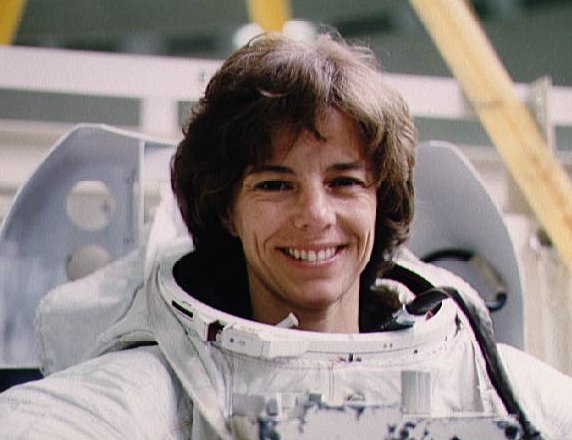Parent and Child
Today, we'll meet some parents and their children. The University of Houston's College of Engineering presents this series about the machines that make our civilization run, and the people whose ingenuity created them.
A group of high-school math teachers asked me to a recent meeting. They wondered how to get more girls to study math. So I went to astronaut Bonnie Dunbar for help. She did her PhD in our department, and she's flown where few of us will ever go.
She told us what'd led her to engineering. She grew up on a Washington farm. She rode her father's tractor with him. She helped him repair farm equipment. He honored her natural ability. She had no need to doubt herself.
That rang a bell. I went back through biographies of creative people. Sure enough, behind one after another I found parents who honored their children's ability. You see it in famous people. But you also see it in your friends and neighbors.
Meet Martin Symons. He was born a dirt farmer at the end of the Civil War. He began as a laborer. Then he found his way into a water treatment plant. By 1909, he was the chief engineer.
Martin Symons became a distinguished sanitary engineer with hardly any schooling. His son George, born in 1903, was raised in the shadow of the plant. He worked the night shift in the filtration plant all through high school. It was the family trade. By 1932 he'd earned a PhD in the subject.
George Symons did sanitary engineering and wrote about it as well. At 70, he became president of the American Waterworks Association. Today he's almost 90 and still active. He's written 500 articles on water quality.
George was still in school when his only son, Jim, was born. Jim also grew up in the family trade. He went into civil engineering. He hadn't meant to study water quality. But the subject kept appearing in his classes. It splashed over his mind and drew him back to it. In the end, he also had a PhD in sanitary engineering.
Jim Symons now teaches at the University of Houston. He's devoted his life to killing microbes in drinking water without making it carcinogenic. He holds the EPA Distinguished Career Award for his work.
Finally we reach the great-great-grand-daughter, Linda. She did her PhD in cell biology. She has come, at length, to the theory behind water-quality questions.
So I honor two farmers. I honor their eye -- for the beauty of the world and for the potential of their children. One gave us an astronaut. The other gave us a dynasty of environmental concern. Both tell us that the inventive minds of our children shape our world -- but only as long as we have the wits to see how much is there.
I'm John Lienhard, at the University of Houston, where we're interested in the way inventive minds work.
(Theme music)

NASA photo of Bonnie Dunbar